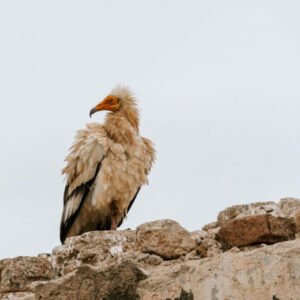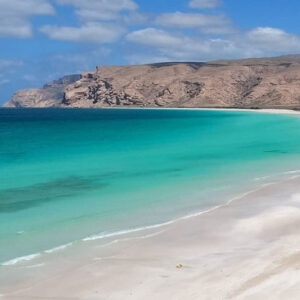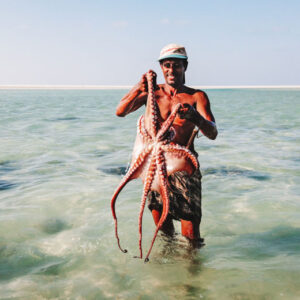Socotra Island
Natural gem in the Arabian Sea

About Socotra Archipelago
The Socotra Archipelago is a natural gem in the Arabian Sea. It belongs to the Republic of Yemen and is located 380 km from the south Yemeni coastline. Very long isolation from the mainland of Arabian Peninsula and the Horn of Africa has given the islands a precious chance to evolve unique and peculiar species of flora and fauna that cannot be found anywhere else on the Earth.
The number of so called endemics has outreached 300 with more new species discovered each year. This makes Socotra one of the most important sites of biodiversity conservation along such highlights such as the Galapago islands. In 2008, the Archipelago waslisted as the Natural World Heritage Site by UNESCO.
Samha, Abd Al-Kuri and Darsa Islands:
- The Archipelago consists of four islands with Socotra being the main island covering the area of 3625 km2. The other islands are Abd Al-Kuri (133 km2) and the brothers Samha (41 km2) and Darsa (5.412 km2). There are also two small rocky outcrops called Sabonia and Saiyal.
- The other three main islands of the Archipelago are situated to the west of Socotra.
- The island of Samha is not bigger than 10×5 km with about 120 inhabitants.
- Abd Al-Kuri is larger with the area of 25×5 km. About 500 people live on the island.
- Both islands are covered with very little vegetation and are extremely isolated. Samha can be reached in about 4 hours by a fishermen’s boat from Qalansiya, Abd Al-Kuri is about 12 hours by a sambok (a big local yacht).
The island of Darsa is not inhabited, local fishermen do camping in the island during the fishing season
Landscape:
Socotra’s landscape is quite dramatic. The summits of the Haghier Mountains located in the north-western part of the island reach up to 1500 m. Deep gorges contrast with a plateau called Dixam overlooking the Noget Plain along the southern coastline.
Climate:
The climate of Socotra is determined by the North-East winter monsoon (November – January/February) and the South-West summer monsoon. The dominant summer monsoon takes place from May to September and brings extremely strong, dry and hot winds from Africa. Their speed reaching in average force 7 of the Beaufort Scale makes ship landing impossible and the island remains accessible only by plane during the whole monsoon period. Fishing is also not suitable due to strong winds and high waves and many people move from the coast to the mountains to escape the winds and to harvest their date palms.
The two months period of April to May is the hottest and driest one but with possible rain in some parts of the island. Temperatures usually rise above 40 °C.
Population:
Is estimated at 60,000 inhabitants with most people concentrated around the capital of Hadibu and in the western town of Qalansyia, the population of Socotra still relies upon traditional sources of livelihood such as livestock, fishing, date plantation and primitive home gardens. Socotra population living in the rural areas is mostly semi-nomadic pastoralists, raising livestock such as goats, sheep, cattle and camels in the inland. Vegetable & fruit cultivation unknown on the island except some scale gardening supported recently by a French NGO Triangle generation humanitarian organization focusing on agricultural potable water projects in Socotra.
The main diet on Socotra:
Fish is the main component of nutrition a long with some meat, milk, sour milk and dates supplemented by imported rice and flou.
Language:
Arabic is the official language taught at school and most people are bilingual in coastal areas. Socotri is an ancient unwritten language spoken mostly by women and children in mountain areas of the island
Money on Socotra:
There is no ATM or credit cards on Socotra, therefore we highly recommend you to bring enough cash of dollar and Euro with you as it can be easily exchanged in Hadibo the capital of Socotra.
Health precautions for Socotra:
Although there is a hospital in Hadibu it offers only basic medical services, pharmacies are available in Hadibo and Qalansyia. We highly recommend you to bring your own medicine.
Recently Socotra is free of Malaria, so you don’t need to take any anti malarial drugs moreover you don’t need any special vaccination for visiting Socotra.
Electricity on Socotra:
Electricity from public station is only available in Hadibo from 4 P.M afternoon till 5 A.M morning.
Communication on Socotra:
Telephones lines are available in Hadibo for local and international calls.
The only mobile network operates in Socotra is Yemen Mobile CDMA system and Emirates Telecom with GSM mobile system.
Internet access is available in Hadibo, available in the evening hours only.
Post office is available in Hadibo and Qalansyia.






